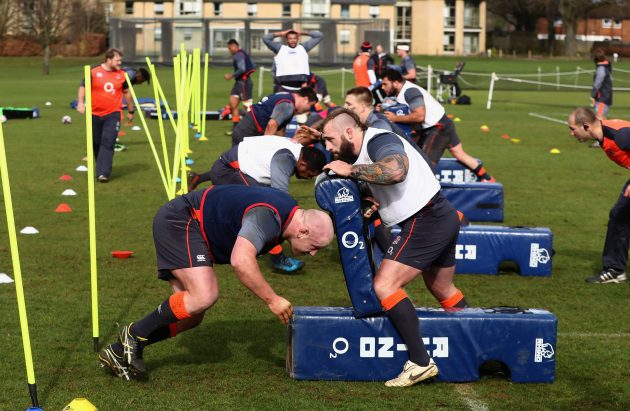This column first appeared in the September 2017 edition of Rugby World magazine.
There are sports, football and basketball for example, whose global popularity lies partly in their intrinsic simplicity.
Rugby is not one of those sports. To fully understand what is going on, why the referee is blowing his whistle so often, what all the pudgy guys traipsing from melee to pile-up to rammy are actually doing, requires a cultish, anorak-like knowledge.
Witness the endless debate following Romain Poite’s innovative interpretation of Laws 11.6 and 11.7 in the final Lions Test. Lord Denning would struggle to pick a route through rugby’s Byzantine statute book, so it is little wonder the rest of us (and most of the TV commentators especially) tend to struggle.
For many positions on the pitch, actually playing the game is equally as complicated. Some guys get it easy – an openside who charges about in a visible way, makes his tackles and wins a couple of turnovers can expect to be lauded. But because rugby will never go down the NFL path towards over-specialisation, there are some poor sods in the team who, in amongst the chaos and drudgery, are expected to pause now and again and perform closed skills which bear almost no relation to the rest of the game. Kickers and hookers have it worst, and of course the credit for getting it right is dwarfed by the scorn faced when a ball goes astray (see Jamie George in that same Lions match).
Which is where the specialist coaches come in. The self-appointed gurus. Some of these are high profile – Dave Alred will always be associated with Jonny Wilkinson and England’s 2003 success, for example – but most are shadowy figures, forever hunkered over their laptops in the analysis room.
The players in the pressurised posts are usually delighted for extra help as, unlike the openside, whose key performance indicators are more nuanced (ie, open to fudging), for a hooker or a kicker it’s a case of make or miss. Miss too often and you could be hitting the bricks, with only your P45 for company.
FOR THE LATEST SUBSCRIPTION OFFERS, CLICK HERE
Players often develop an unusually close working relationship with their specialist coach. As the strains increase, they become a source of pastoral care as much as a technical guide, building confidence in an effort to remove any mental obstacles which might prevent their hours of work with a tennis racket on a pole being smoothly transferred to the pitch.
When I started out, it was a novelty to even have a dedicated defence coach. Up till that point we had to use our own common sense – stand in a line across the pitch and tackle the man with the ball. Now, your working week is split between lineout, breakdown, attack, skills coaches… and it is getting more niche. Defensive lineout coach. Really? There is a tragicomic BBC4 documentary in there somewhere: “What does a defensive lineout coach do all day?”, perhaps.
The answer, in practical terms, is not all that much. Most of any coach’s time these days is spent on the computer, searching for semi-imagined traits, tells in the opposition and in their players. On ‘the paddock’, there are only so many useable hours and I have heard one coach say, almost proudly, that he is lucky if he gets ten minutes a week to put his ideas into practice.
Still, there are careers to be had for former players with a passion for detail. Whereas in the past some ex-pros saw coaching jobs as a full-on gravy train, nowadays there is true accountability. Fifteen years ago the week before a Test seemed to serve as little more than a boozy jolly for former players on the staff. It was as if they were calling in some debt, so determined did they seem to take the mickey.
Now, when a peer moves into such a job, I essentially lose a friend. Twelve-hour days are the norm for any coach in 2017, even those patrolling the most esoteric parts of the game. Leisurely brunches after a quick gym session are a distant memory for the poor dears.
Though I’m still not sure what they do for a day!





